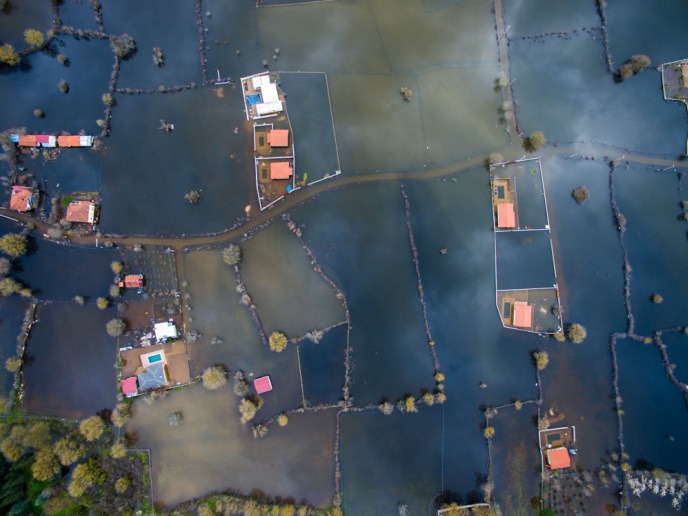A toolkit to analyse and deal with extreme hydroclimatic events
The management of hydroclimatic hazards, such as floods, intense precipitations and droughts, is crucial, as these phenomena can be lethal and are economically detrimental. To improve readiness and response to hazards and to adapt design, safety and financing to the continuously changing environmental conditions, a series of questions need to be answered. Is the hydrological cycle regionally evolving under climate and environmental change? How do extremes connect remotely with each other and with other factors? How do flood-rich and drought-rich periods occur, are they transforming, and if so, why? Supported by the Marie Skłodowska-Curie Actions programme, the HEGS project(opens in new window) attempted to answer these questions by developing a methodological approach to create innovative tools for the prediction and timely action towards extremes.
Learning from the history of the water cycle
The researchers performed a global-scale analysis of floods and heavy precipitation data that spans the last 100 years. Οther case studies conducted during the project include an analysis of the co-occurrence of hot and-dry fire-prone conditions in Australia(opens in new window) and a 311-year-long reconstruction of flood probabilities in France(opens in new window) using historical flood marks on buildings. “By contrast, most existing studies restrict to an approximately 60 year period because the statistical methods they use cannot cope with the strongly declining data availability before the 1950s,” explains Benjamin Renard, project coordinator. This knowledge was used to build a 180-year reconstruction(opens in new window) of floods and heavy precipitation probabilities at the global scale. “Characterising the past variability is necessary to appraise and constrain future projections based on global climate models and, in turn, to derive relevant adaptation strategies,” specifies Renard.
Transforming hydroclimatic statistical data into a probabilistic tool
HEGS managed to develop a general statistical framework, named STooDs(opens in new window), to describe how environmental data vary in space, time or other dimensions. The HEGS methodological framework has a great potential to induce new advances in hydrology and beyond, for instance, by analysing other variables such as droughts or the combined occurrence of droughts, heatwaves and extreme winds that creates wildfire hazard.
Dealing with the human intervention in water resources
One particular issue the project had to face was the selection of adequate data for the study. “Streamflow data are particularly tricky because many river basins are regulated (by large dams, for instance). Data from such basins should not be used in this project because regulation heavily modifies the natural relation between streamflow and climate that we are trying to understand,” notes Renard. Unfortunately, a global-scale streamflow dataset restricted to near natural river basins does not yet exist. “We addressed this problem by various analyses aimed at excluding streamflow series that may be related to regulated basins. Hopefully, there are more initiatives in this direction(opens in new window),” adds Renard. To provide a better understanding of hydroclimatic variability and change to the public, HEGS used visualisation and sonification techniques to look at hydroclimatic data from a different angle. Realisations can be found in the project’s blog(opens in new window) and apps, such as Hydrological Soundscapes(opens in new window) and At the sound of the rivers(opens in new window).







